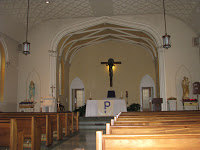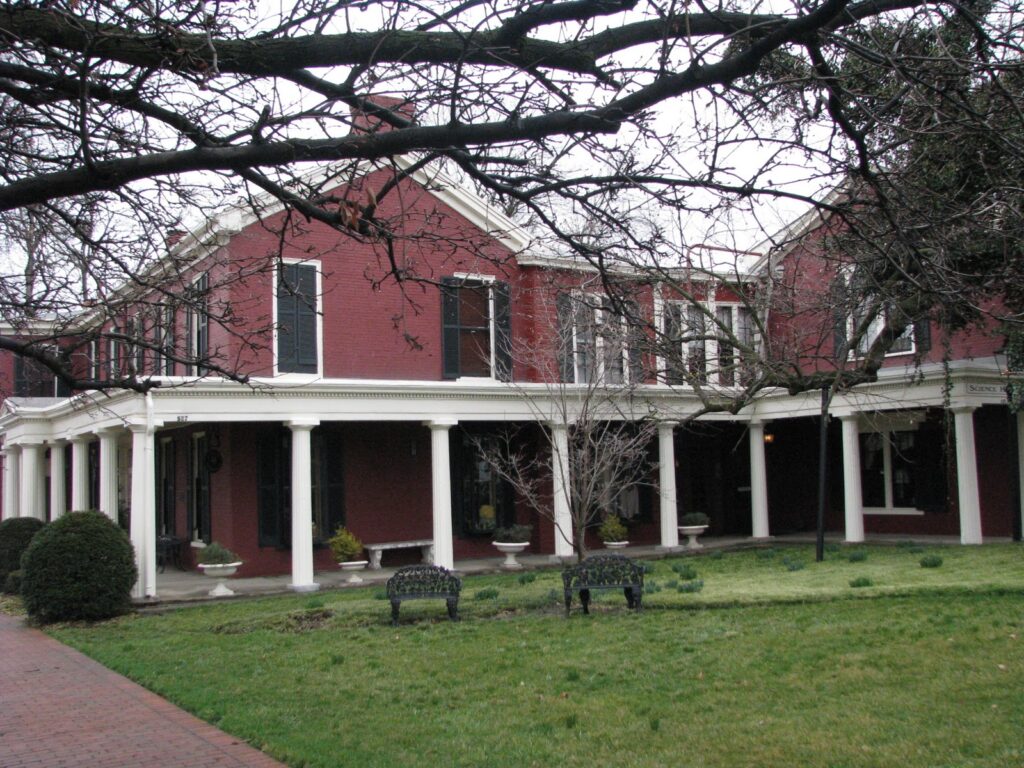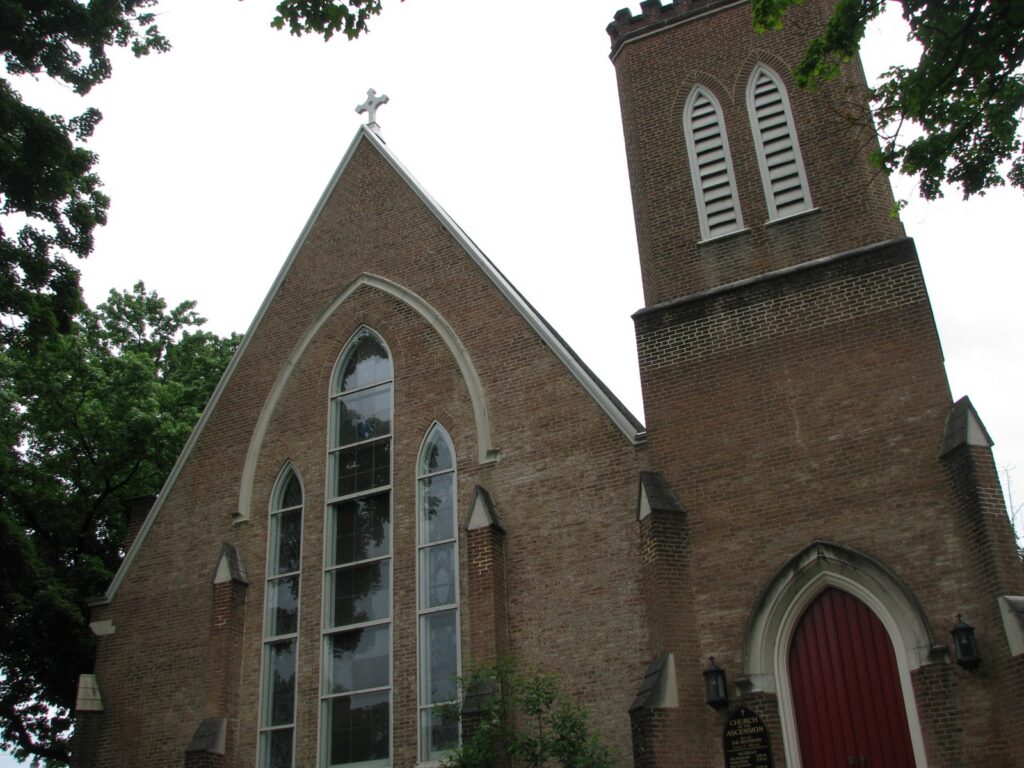 |
|
| Church of the Annunciation |
On a Sunday visit to Shelbyville, I sought out the local Catholic Church. I walked into the sanctuary only moments after the conclusion of the last service. The smell of incense still permeated the air and I was able to spend a few quiet moments in prayer.
Catholicism in Shelbyville has interesting roots; the first sermon (1843) by a Catholic priest in the community occurred in the public square to a gathering anticipating the public execution of James McLaughlin. Father James Quinn of Louisville unsuccessfully pleaded with Gov. Letcher for a pardon. Hours before the execution, McLaughlin used a razor to slit his own throat and many accused Fr. Quinn of providing McLaughlin with the tool. Quinn’s sermon was on the value of life, though anti-Catholic sentiment lingered.
Nearly twenty years later, on October 2, 1860, the Church of the Annunciation was dedicated. When compared to Lebanon’s St. Augustine’s, the Church of the Annunciation is quite plain. Yet it is a beautiful sanctuary with aged clean lines and a genuine warmth.
See Parish History.










